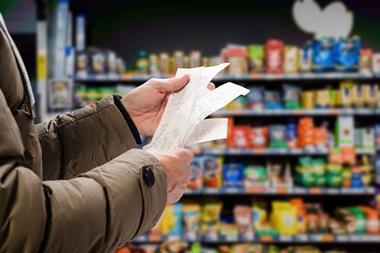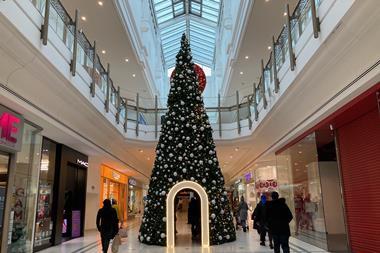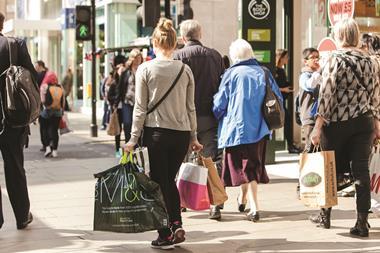Shop prices continued to fall in February, reaching the lowest rate of deflation since May 2020.
Shop prices fell by 2.4% in February, lower than January’s decrease of 2.2% as the impact of lockdown on consumer spending subsisted.
This was below the 12- and six-month average price decreases of 1.7% and 1.8% respectively, according to the BRC-Nielsen Shop Price Index.
The rate of deflation was exacerbated by non-food prices, which fell 3.9% in February compared with a 3.6% decline in January, as retailers tried to tempt shoppers to buy.
Food inflation was steady at 0.2%, which was the lowest inflation rate since February 2017.
Fresh food prices fell for the third consecutive month with prices decreasing by 0.8%, the same rate as in January, while ambient food price inflation slowed to 1.6% in February, down from 1.7% the previous month.
British Retail Consortium (BRC) chief executive Helen Dickinson said: “Prices in February fell, driven by a drop in non-food prices. With the third lockdown constricting consumer spending across all income brackets, many retailers have been vigorously discounting products in an attempt to encourage additional spending.
“Meanwhile, despite Brexit-related costs, food inflation remained steady thanks to fierce competition between grocers to maintain their market share amid declining incomes for some UK households.”
Nielsen’s head of retailer and business insight Mike Watkins added: “With the national lockdown continuing, prices across fashion and clothing retailers continue to fall ahead of the anticipated reopening of stores in April.
“However, for grocery retailers, despite basket spends growing by over 25% and volume sales up 4% since the start of the year, more shoppers are looking to stretch their budget and price-led competition is keeping a lid on increases in food prices.”
























No comments yet